Kakadu-Nationalpark (Kakadu National Park)
Der Kakadu-Nationalpark (englisch Kakadu National Park) liegt 171 Kilometer östlich der Stadt Darwin im australischen Bundesterritorium Northern Territory. Der Park gilt aufgrund seiner einzigartigen Tier- und Pflanzenwelt als einer der schönsten Nationalparks in Australien. Er befindet sich in der Alligator Rivers Region des Northern Territory von Australien. Er umfasst ein Gebiet von etwa 19.804 Quadratkilometern und erstreckt sich fast 200 Kilometer von Nord nach Süd und über 100 Kilometer von Ost nach West.
Der Kakadu-Nationalpark wurde wegen seines herausragenden natürlichen und kulturellen Werts in die Liste der UNESCO sowohl als Weltnaturerbe als auch als Weltkulturerbe aufgenommen. Der Park enthält eine der schönsten und umfangreichsten Sammlungen von Felsmalereien der Welt – ein Hinweis darauf, wie lange schon die Verbindung der Ureinwohner mit diesem Gebiet währt. Im Park befinden sich großartige Landschaften, von den wild-rauen Sandsteinflanken des Hochplateaus über die weitläufigen Waldgebiete bis zu ausgedehnten Feuchtgebieten. Der Nationalpark schützt auch das gesamte Einzugsgebiet eines großen subtropischen Flusses, des South-Alligator-Flusses, und Beispiele aller Habitatarten des Top Ends von Australien.
Der Park ist eine Kulturlandschaft, der nach dem Glauben der Ureinwohner deren spirituelle Vorfahren in der Schöpfungszeit („Creation Era“) Gestalt verliehen: Sie durchwanderten das Land und schufen auf ihrer Reise die Landschaftsformen, Pflanzen, Tiere und Bininj/Mungguy (Ureinwohner). Sie lehrten die Bininj/Mungguy, wie sie leben und wie sie das Land pflegen sollten.
Der Park wird jetzt von seinen traditionellen Eigentümern, den Aborigines, und den Mitarbeitern von „Parks Australia“ gemeinschaftlich verwaltet. Sie streben an, die Interessen der traditionellen Eigentümer zu schützen, das Kulturerbe des Parks zu bewahren und Besucher des Parks anzuregen, von seinen Angeboten mit Respekt vor der Natur und der Tradition der Ureinwohner Gebrauch zu machen.
- 1 Fakten
-
2
Geschichte
- 2.1 Einführung
-
2.2
Gründung des Parks
- 2.2.1 Entdecker
- 2.2.2 Buffalojäger
- 2.2.3 Missionare
- 2.2.4 Farmer
- 2.3 Minen
- 3 Jahreszeiten
- 4 Flora
- 5 Fauna
- 6 Landschaftsformen
- 7 Felsmalereien der Aborigines
-
8
Einfluss des Menschen
- 8.1 Feuermanagement
- 8.2 Tourismus
- 9 Sehenswürdigkeiten
- 10 Quellen
- 11 Weblinks
Links
Images Gallery
-
 Kakadu Escarpment
Kakadu Escarpment
-
 NourlangieFelskunst der Aborigines, Nabulwinjbulwinj – ein gefährlicher Geist
NourlangieFelskunst der Aborigines, Nabulwinjbulwinj – ein gefährlicher Geist
-
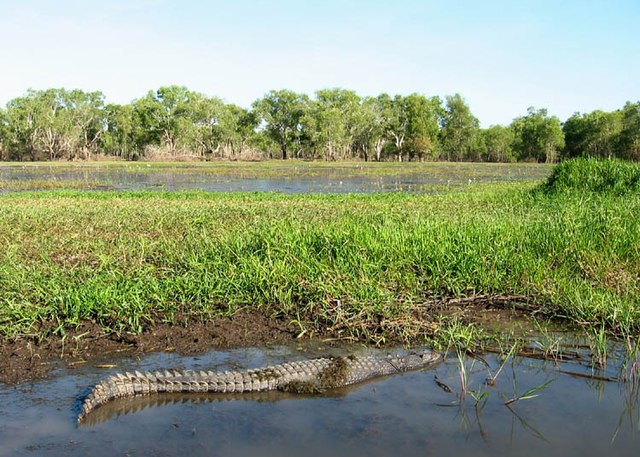 Krokodil Yellow Waters Billabong
Krokodil Yellow Waters Billabong
-
 Kakadus Auen
Kakadus Auen
-
 Mount BorradailTal im Kakadu-Nationalpark
Mount BorradailTal im Kakadu-Nationalpark
-
 Mimih-Geist Felsenmalerei im Ubirr
Mimih-Geist Felsenmalerei im Ubirr
-
 Buffalo in den Nassgebieten
Buffalo in den Nassgebieten
-
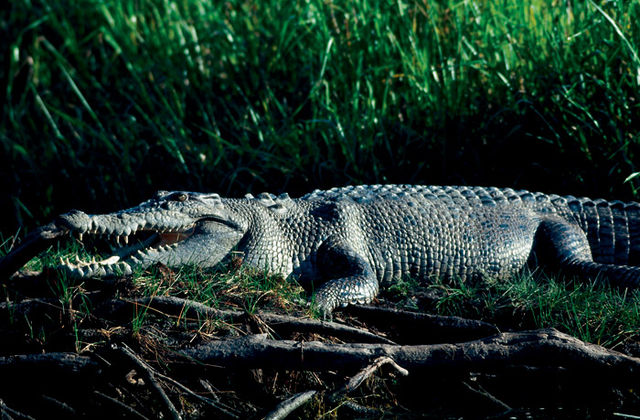 Leistenkrokodil in Kakadu
Leistenkrokodil in Kakadu
-
 Uranmine
Uranmine
-
 Billabong Nebel im Kakadu-Nationalpark
Billabong Nebel im Kakadu-Nationalpark
-
Yellow Water BillabongBillabong im Juli
-
 UbirrBlick auf das Überschwemmungsgebiet
UbirrBlick auf das Überschwemmungsgebiet
-
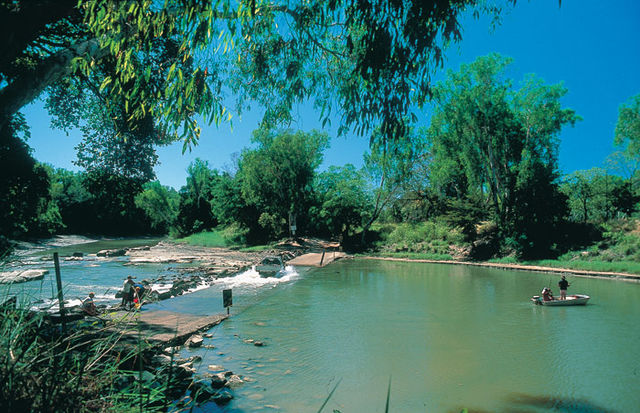 East Alligator RiverStraße über den Fluss nach Regenfällen
East Alligator RiverStraße über den Fluss nach Regenfällen
-
 Wasserlilien im Kakadu-Nationalpark
Wasserlilien im Kakadu-Nationalpark
-
 Schraubenbaum (Pandanus spec.) im Kakadu-Nationalpark
Schraubenbaum (Pandanus spec.) im Kakadu-Nationalpark
-
 Kurzohr-Felskänguru im Kakadu-Nationalpark
Kurzohr-Felskänguru im Kakadu-Nationalpark
-
 RiesenstorchKakadu National Park
RiesenstorchKakadu National Park
-
 Salzwasserkrokodil Kakadu National Park
Salzwasserkrokodil Kakadu National Park
-
 Wasserfall – Kakadu National Park
Wasserfall – Kakadu National Park
-
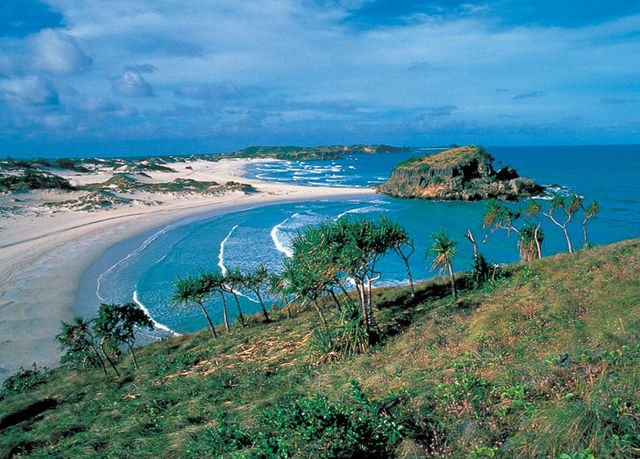 Nanydjaka (Cape Arnhem Coast) – Kakadu National Park
Nanydjaka (Cape Arnhem Coast) – Kakadu National Park
-
Mamukala Kakadu National Park
-
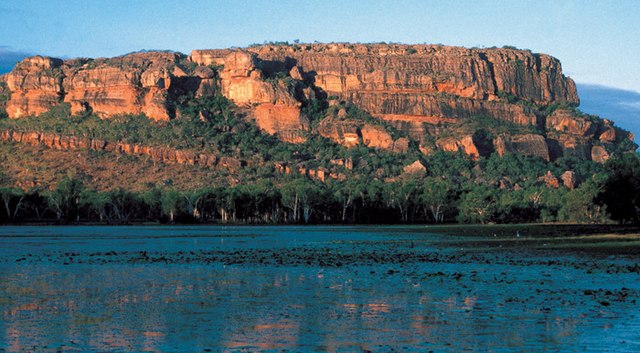 Nourlangie Rock
Nourlangie Rock
-
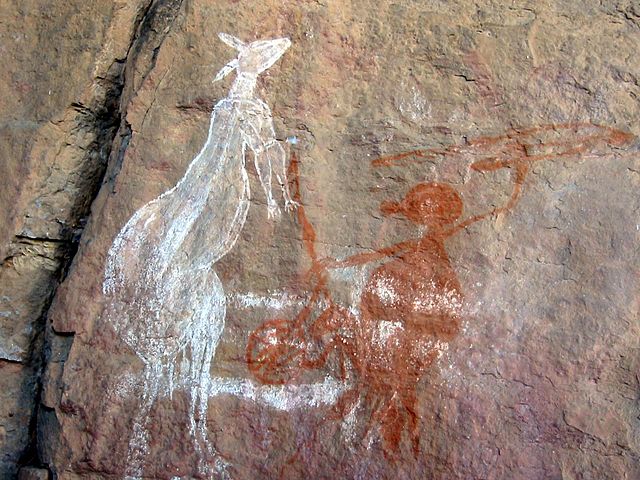 Anbangbang Rock ShelterAborigine Rock Art
Anbangbang Rock ShelterAborigine Rock Art
-

-

-
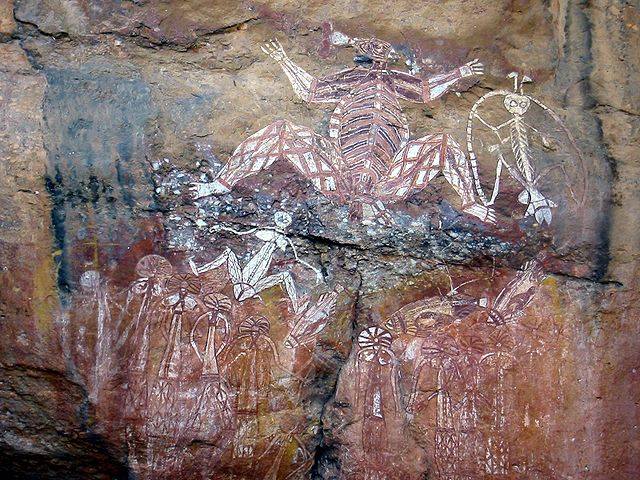
-
-
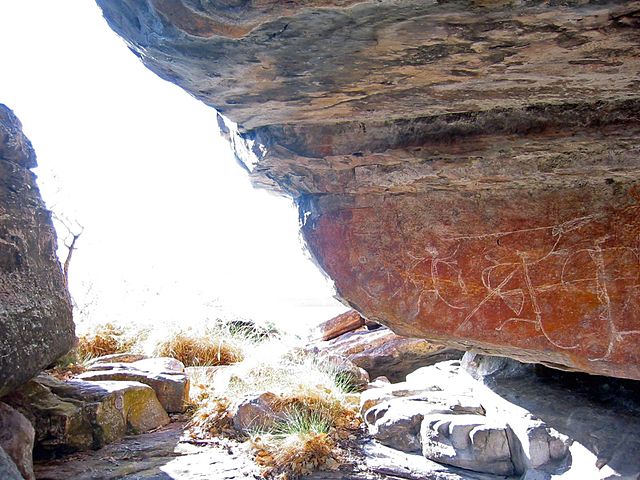
-
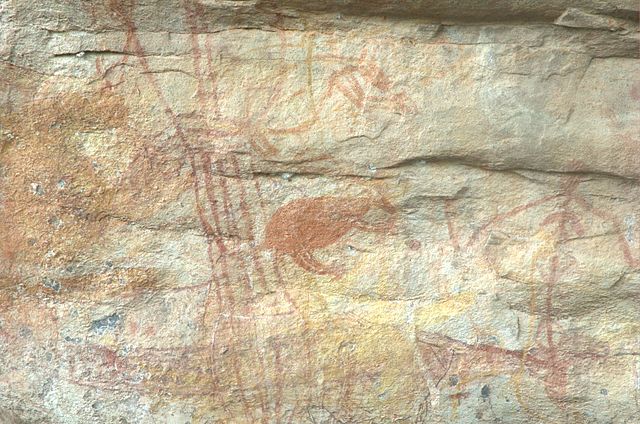
-
 Yellow WaterFischen im Billabong
Yellow WaterFischen im Billabong
-
 Gunbalanya Auf der Straße zur Red Lily Lagoon
Gunbalanya Auf der Straße zur Red Lily Lagoon
-
 Crocodile Hotel – Jabiru
Crocodile Hotel – Jabiru
-
 Schwimmen untersagtNo swimming sign
Schwimmen untersagtNo swimming sign
-
 Maguk (Barramundie Gorge)
Maguk (Barramundie Gorge)
-
Alligator River
-
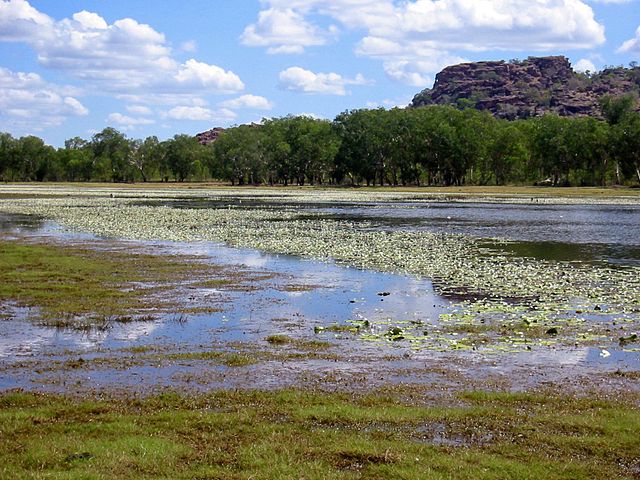 Anbangbang Teich
Anbangbang Teich
-
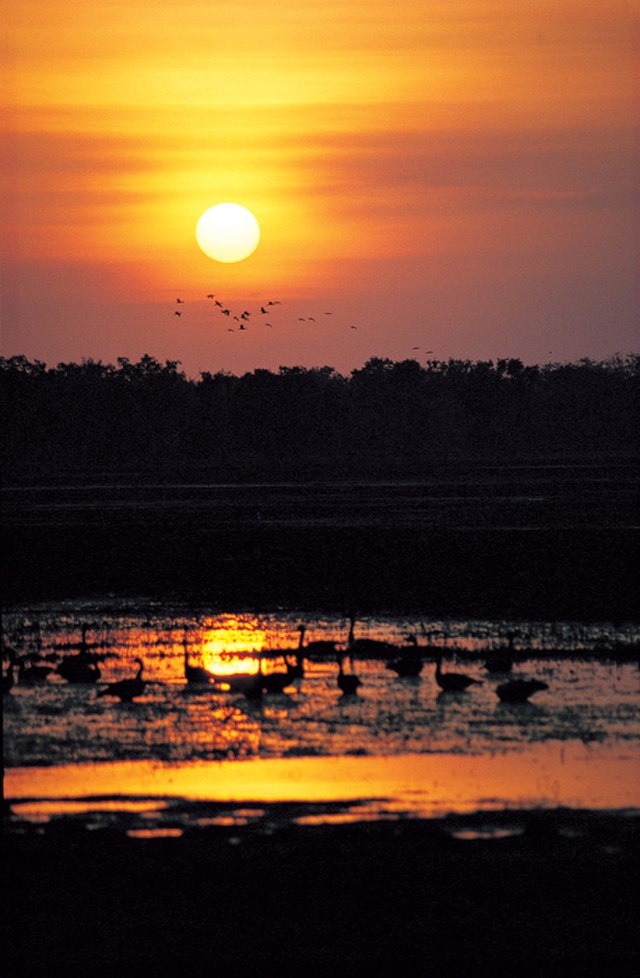 Mamukala Feuchtgebiet
Mamukala Feuchtgebiet
-
 Twin Falls
Twin Falls
-
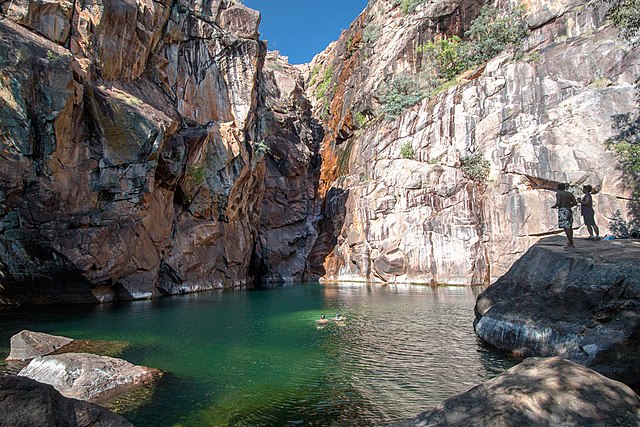
-

-
-

-

-
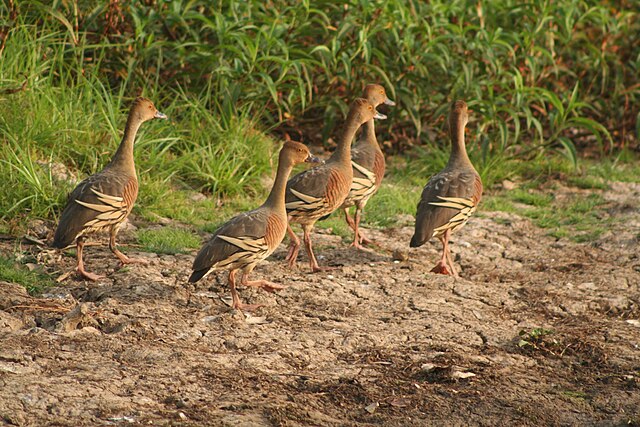
-

-

-

-

-
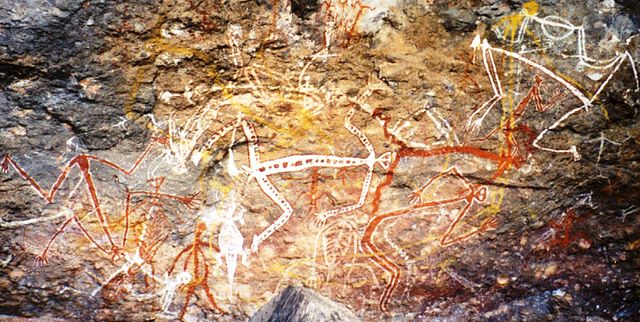
-

-

-

-

-

-

-

-
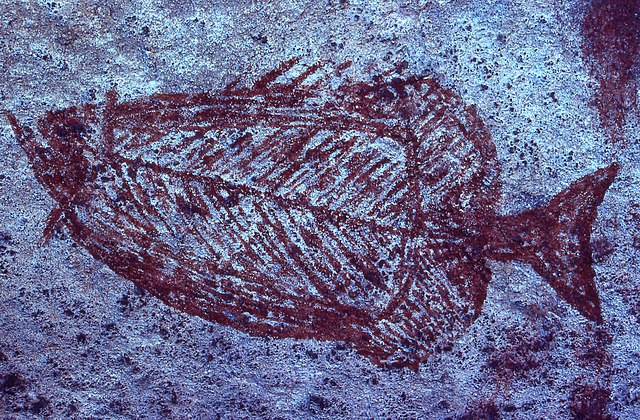
-
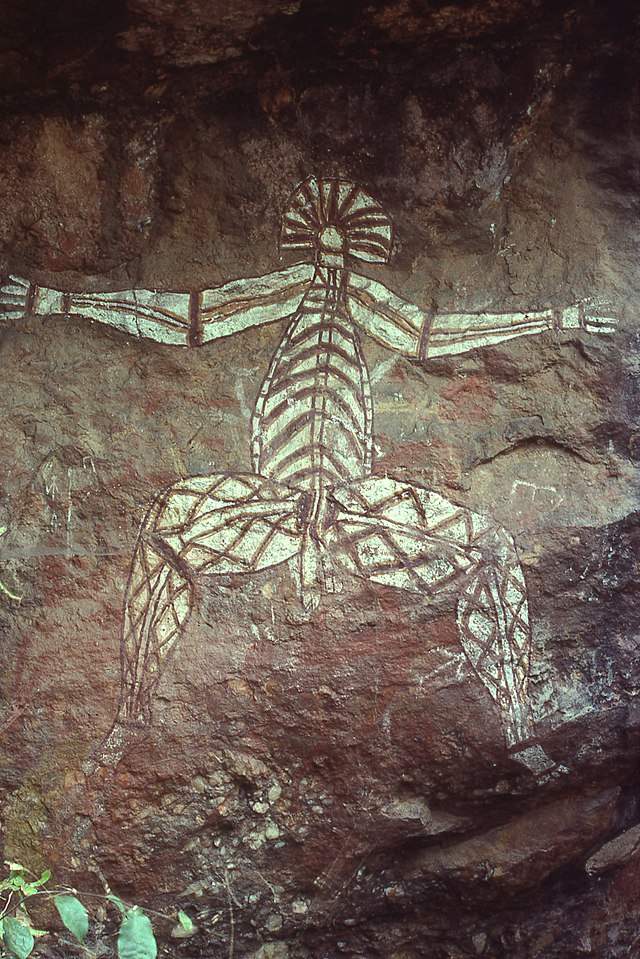
-

-
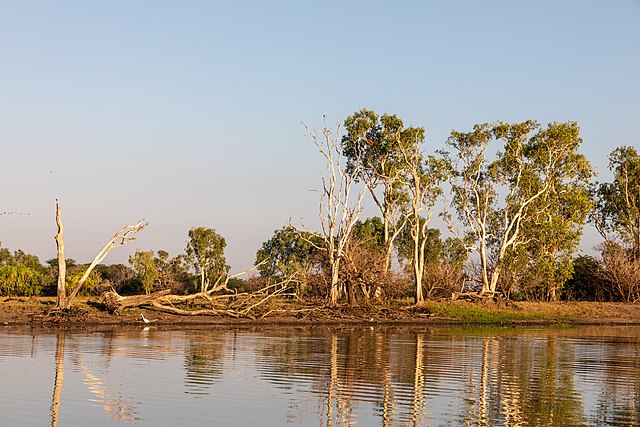
-

-

-

-

-

-

-

-

-

-
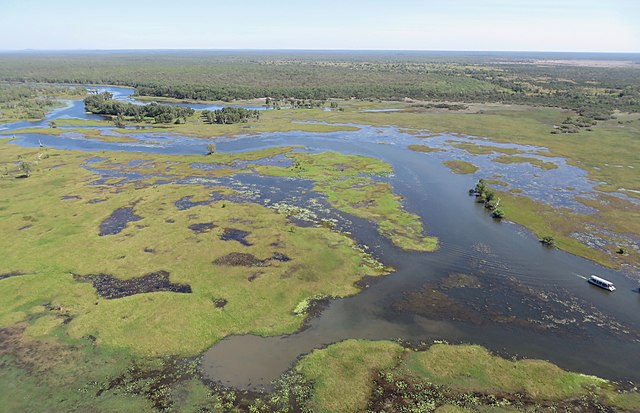
-
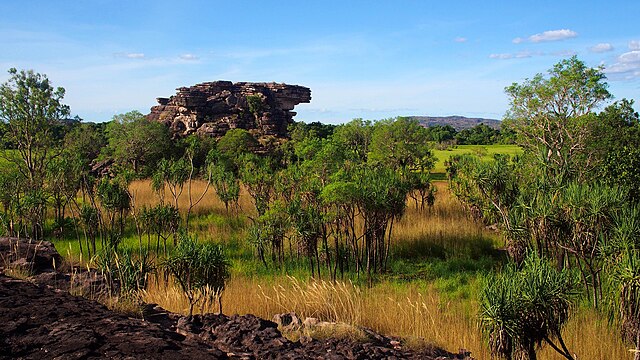
-

-

-
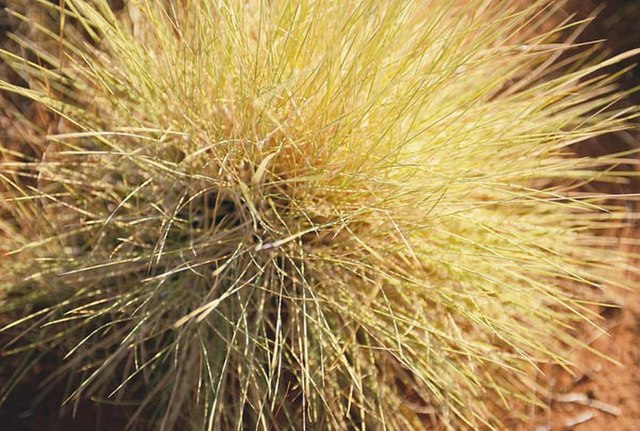
-

-

-

-
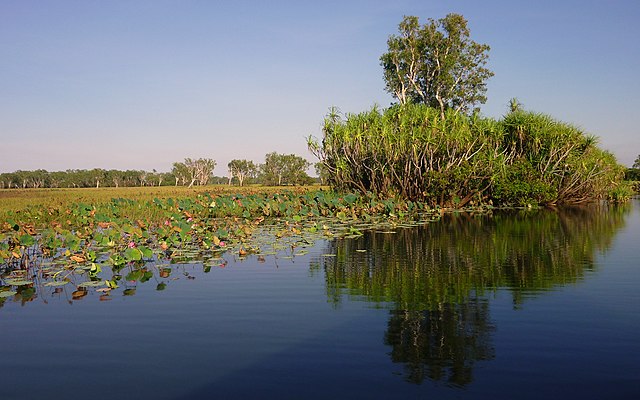
-

-
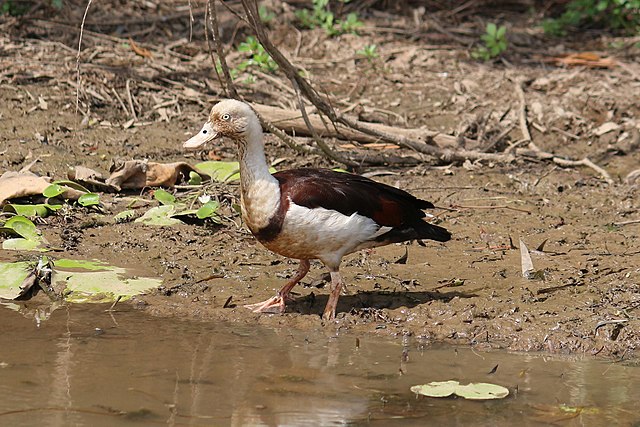
-

-

-

-

-

-

-

-

-

-

-
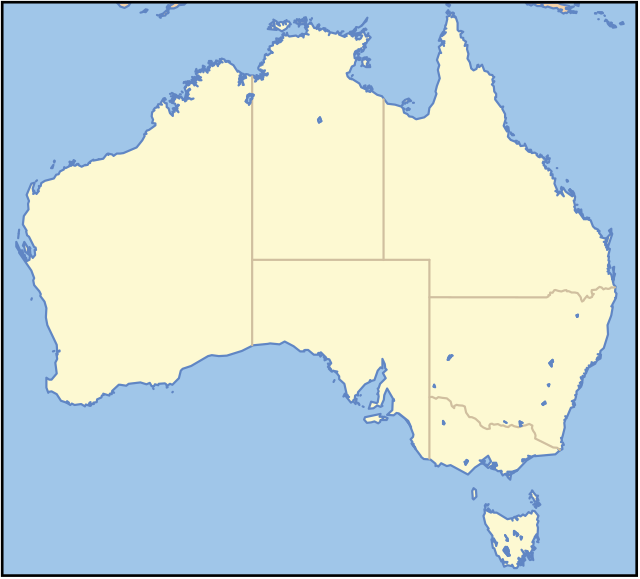
-

Comments
-
Kakadu National Park is one of the most impressive wonders of the country. Above all, Kakadu holds dreamlike landscapes, lush vegetation full of life, a variety of views, and a humid climate. Waterfalls, rivers, extensive plains, stony hills, ravines and diverse types of plants make up this impressive National Park. Kakadu surely took all the best sides of the region. If you are thinking about visiting Australia, this has to be a mandatory destination. Stopping here and admiring everything that the Kakadu National Park has to show is a must. And you can enjoy it all on a four-wheel-drive safari! Kakadu is located in the South Alligator River system, to the far North of Australia, a couple of hundred kilometers southeast of the state capital Darwin. However, if you come from Sydney or Melbourne, you have to fly to Darwin. Most airlines offer international flight packages including inland flights.
2 months ago -
Great bush camping and walks. Excellent info and education around the walks and rock art sites. The cultural centre is brilliant. The Guluyambi cruise on East Alligator River was also brilliant.
a month ago -
-
Kakadu has so much to offer. The landscape changes considerably as you drive through. Each season has something to offer. The wetlands have a lot of birds. Heaps of crocs in the rivers....don't swim there. Scenic flights, boat cruises and walks on offer. I loved my visit here. The campsites are also great.
7 months ago -
-
World Heritage-listed Kakadu National Park, in the Top End, is Australia's Largest National Park and one of the world's most spectacular wilderness areas. Covering more than 19,840 square kilometers, Kakadu is the largest national park in Australia and the second largest in the world. Within its borders lie monsoon rainforests, mangrove swamps, rivers, gorges, ancient rock paintings, wetlands, and waterfalls, as well as an astounding diversity of wildlife. On the north coast lies the tidal zone, with river estuaries, mangrove swamps, and tall monsoon rain forests. Inland are the flood plains through which rivers pursue a winding course to the sea. The escarpment of the Arnhem Land plateau runs diagonally through the park from southwest to northeast. After heavy rain, water pours over its bare rocks and down the escarpment in magnificent waterfalls- Jim Jim Falls and Twin Falls are two of the most famous. Farther inland lies the gently undulating upland country crossed by the main access roads and excellent hiking trails. The amazing variety of wildlife includes more than 70 different species of reptiles, the largest and most dangerous of which is the saltwater crocodile, as well as a vast array of fish, mammals, and birds. In addition to all these natural attractions, the park is home to many sacred aboriginal sites and rock paintings. You can explore the park by car, on foot, and on cruises through the waterways, but note that seasonal flooding may close some sections of the park-especially during the wet season. For comprehensive information on the natural history and culture of this unique area stop by the National Park's Visitors Center in Jabiru. The best time is in the dry season between June and August. During the wet season it's rain and it is too hot. 3 days will enough to explore whole area of park. It's open for visitors 24×7.
10 months ago -
Beautiful scenery, worth the travel! Catch the sunset at Uluru and watch the rock change colour, book the light up tour before you get there as we missed out to no availability to book in on the day (and we were there in a quiet time) Normally $25 per person entry into the national park but currently free due to rona! Yay. Campsite is $45 unpowered with nice facilities. Petrol is priced as mad as expected.. think we paid $1.80 per litre..
11 months ago -
We went here in 2018. We went here visiting a friend of ours and their local friend. He took us to the local must go places to visit. This place is so big and vast that in the week we were there we got to see a lot but not everything. We have to go back. Would advise everyone to take heed of the signs and done swim where crocodiles are, don’t risk it.
a year ago



























































































